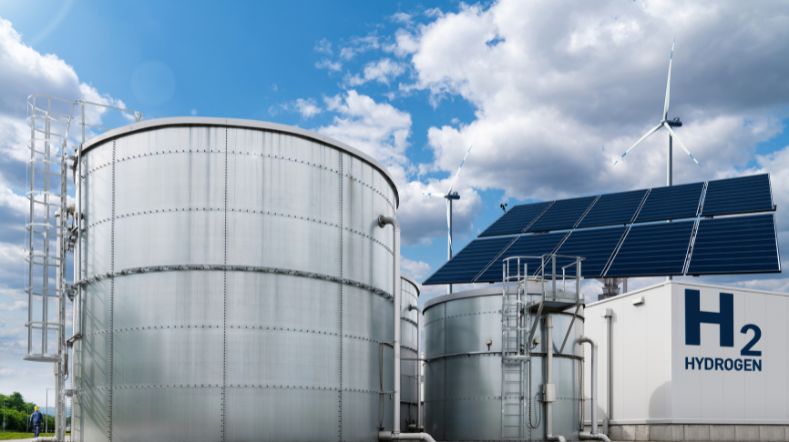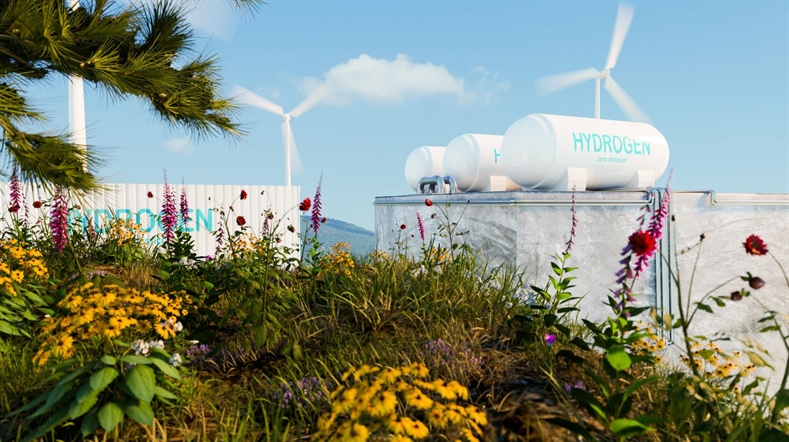Shortage of materials threatens planned green hydrogen production
The Netherlands is fully committed to developing the hydrogen economy: replacing fossil fuels with (green) hydrogen from sustainable sources such as sun and wind. However, an important aspect remains underexposed in the plans: there is a threat of a major shortage of the raw materials needed for the electrolysers that produce the hydrogen.
Because the availability of those scarce raw materials such as iridium and platinum will become acute in the short term, there is a growing problem for the energy transition. By 2050, hydrogen production in the EU alone will require much more iridium than is currently produced worldwide every year.
Towards a green future
In two papers “Towards a green future”, TNO argues for greater awareness of this problem by having it permanently discussed in climate consultations and setting up a risk management system for security of supply. The government can also consider acting as a strategic purchaser and thus give priority to this application of the materials. In the papers TNO also explored which strategies can contribute most to countering this looming scarcity.
Strategies
Reduction has the most potential. This means to use less material per electrolyser or to look for less scarce replacement materials or a mix of techniques. Using less is the most promising, according to TNO in the second paper (pdf). Other strategies and techniques that TNO looked at are recycling the materials at the end of their useful life and using electrolysers longer and more intensively (efficiency). All these technologies are still at an early stage.
Vapor Deposition with Atomic Layer Deposition
An important technique that TNO is already using on a laboratory scale to use less iridium and platinum in electrolysers is Atomic Layer Deposition. The material is applied in vapor form in extremely thin layers. The target reduction is about a factor 15-20. The next steps in the research are to work with larger surfaces and to collect information about the lifespan of the electrolysers made with this technique.
More information
If you'd like to know more, please refer to the two papers, “Towards a green future”:
Deel 2: How we can prevent the scarcity of raw materials and achieve our ambitions for green hydrogen (pdf)
Get inspired
Public trust in nuclear energy requires an adaptive policy approach


Hydrogen in the energy system: The future of sustainable energy in the Netherlands and Europe


Small modular reactors in the Dutch energy system - Combined heat and power production in industry


NORCE and TNO are entering into a strategic partnership on hydrogen developments


Dutch consortium participates in EU research project on large-scale hydrogen storage in depleted gas fields


